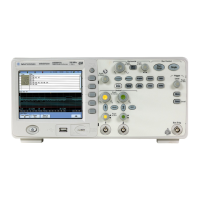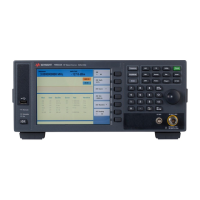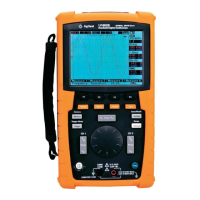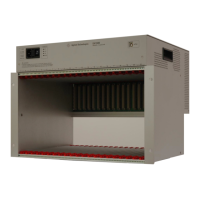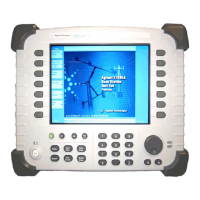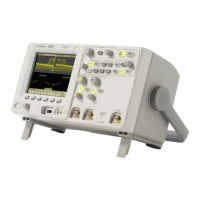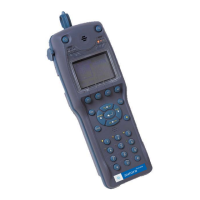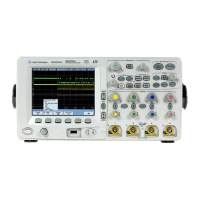Lesson 1 – Analog Modules
62
1-2 Arbitrary Waveform Generators
(AWG)
Arbitrary Waveform Generators (AWG) can source various
waveforms to DUTs. An AWG uses waveform data that is stored in
its waveform memory to generate analog waveforms.
You create arbitrary waveform data with the software interface,
Mixed-Signal Tool. The output order of waveforms is controlled by
the sequence program in the internal sequencer. You can create an
AWG sequence program with the Analog Setup Tool. The waveform
data is downloaded into the waveform memory, and the sequence
program is downloaded into the sequencer.
The following types of AWGs are available:
• E9685A High Resolution AWG (1 MSamples/s (1 Msps) 18-bit)
Software Identifier: WGA
• E9706A 30M AWG (30 Msps 16-bit)
Software Identifier: WGE
• E9688A High Speed AWG (128 Msps 12-bit)
Software Identifier: WGB
• E9703A 500M AWG (500 Msps 12-bit)
Software Identifier: WGD
• E9696A Ultra High Speed AWG (2.6 Gsps 8-bit)
Software Identifier: WGC
• E9708A 4.1G AWG (4.1 Gsps 8-bit)
Software Identifier: WGF
• E9714A Multi-site Baseband Analog Source & Measure:
Software identifier: MCA
– Audio AWG (1.024 Msps 24-bit)
– Video AWG (100 Msps 14-bit)
For the Multi-site Baseband Analog, see “Multi-site Baseband Analog
Source&Measure / Analog Measure (MCA)” on page 104.
The following table shows the key specifications of the AWGs.

